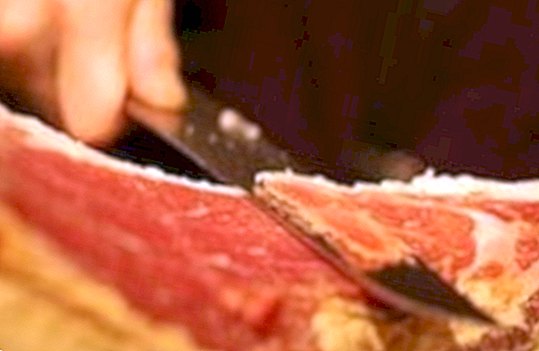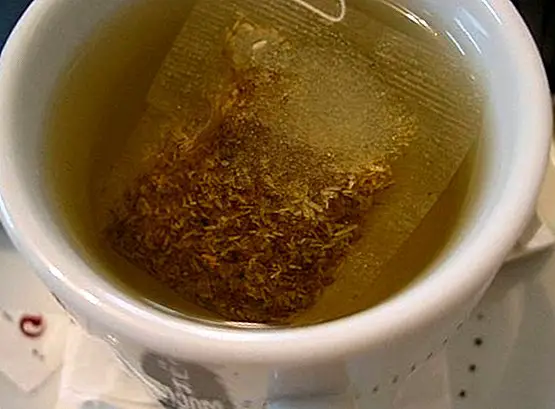Calories of the leg of ham
 When Christmas approaches it tends to be quite usual that the consumption of legs of ham, both in our country and even exported to other European and non-European countries, it shoots up. Why? Fundamentally because next to the seafood, the legs of ham are the characteristic products of this time, although it is true that we can enjoy them all year round.
When Christmas approaches it tends to be quite usual that the consumption of legs of ham, both in our country and even exported to other European and non-European countries, it shoots up. Why? Fundamentally because next to the seafood, the legs of ham are the characteristic products of this time, although it is true that we can enjoy them all year round.
It is common during these traditional holidays to enjoy a wide table with food and typical desserts, a dish with slices of delicious ham. And, precisely, depending on the type of ham before which we find ourselves, not only its price will vary, but also its benefits and nutritional content, as well as its caloric content.
On the one hand, the ham, either Iberian Ham or Serrano ham, noted for its high content of essential fatty acids, among which we can highlight the oleic acid or monounsaturated acids. On the other, they are especially rich in vitamins (mainly vitamins B and D) and minerals (calcium, iron, phosphorus and magnesium).
However, when following a weight loss diet or when you want to control your weight, but we love ham in all its varieties and we can not stop enjoying its flavor, a good option is to discover something more about the calories that the leg of ham contributes.
Caloric content of ham leg
Before talking about ham leg itself, we must differentiate the varieties of ham legs that exist, depending on the race of the animal itself and its diet:
- Iberian Ham: we find ourselves above all with the best types of ham, since in this classification we can distinguish the Iberian ham of acorn (comes from Iberian pork food of acorns and natural pastures), the Iberian ham of recebo (comes from Iberian pig fed with acorns, pastures and feed), the Iberian ham bait (comes from Iberian pig fed on natural pastures and feed) and the Iberian ham of field bait (comes from Iberian pig fed on natural pastures and feed on outdoor land).
- White ham: it is the most common and economical, finding the Serrano ham (comes from white coat pigs, raised intensively and fed with feed, and a minimum healing time of 7 months) and cured ham (comes from coat pigs white, raised in intensive regime, fed with feed).
At this point it is possible to discover the different ham leg calories depending on the type of ham that will be consumed:
Calories of the Iberian ham of acorn
100 grams of acorn-fed Iberian ham provide 242 kilocalories. In addition, it provides:
- Proteins: 28.5 gr.
- Fat: 14.5 gr.
- Water: 57.5 gr.
Calories of the Iberian ham of recebo
100 grams of Iberico ham recebo contribute 282 kilocalories. In addition, it provides:
- Proteins: 29.5 gr.
- Fat: 16.8 gr.
- Water: 58.5 gr.
Calories of Iberian ham bait
100 grams of Iberian bacon ham provide 302 kilocalories. In addition, it provides:
- Proteins: 30.2 gr.
- Fat: 20.5 gr.
- Water: 57.5 gr.
Calories of Serrano ham
100 grams of Serrano ham provide 136 kilocalories. In addition, it provides:
- Proteins: 30 gr.
- Carbohydrates: 1 gr.
- Fat: 10 gr.
Calories of cured ham
100 grams of cured ham provide 235 kilocalories. In addition, it provides:
- Proteins: 30.5 gr.
- Fat: 7.5 gr.
Image | gleam_df This article is published for informational purposes only. You can not and should not replace the consultation with a Nutritionist. We advise you to consult your trusted Nutritionist. ThemesCalories of food



